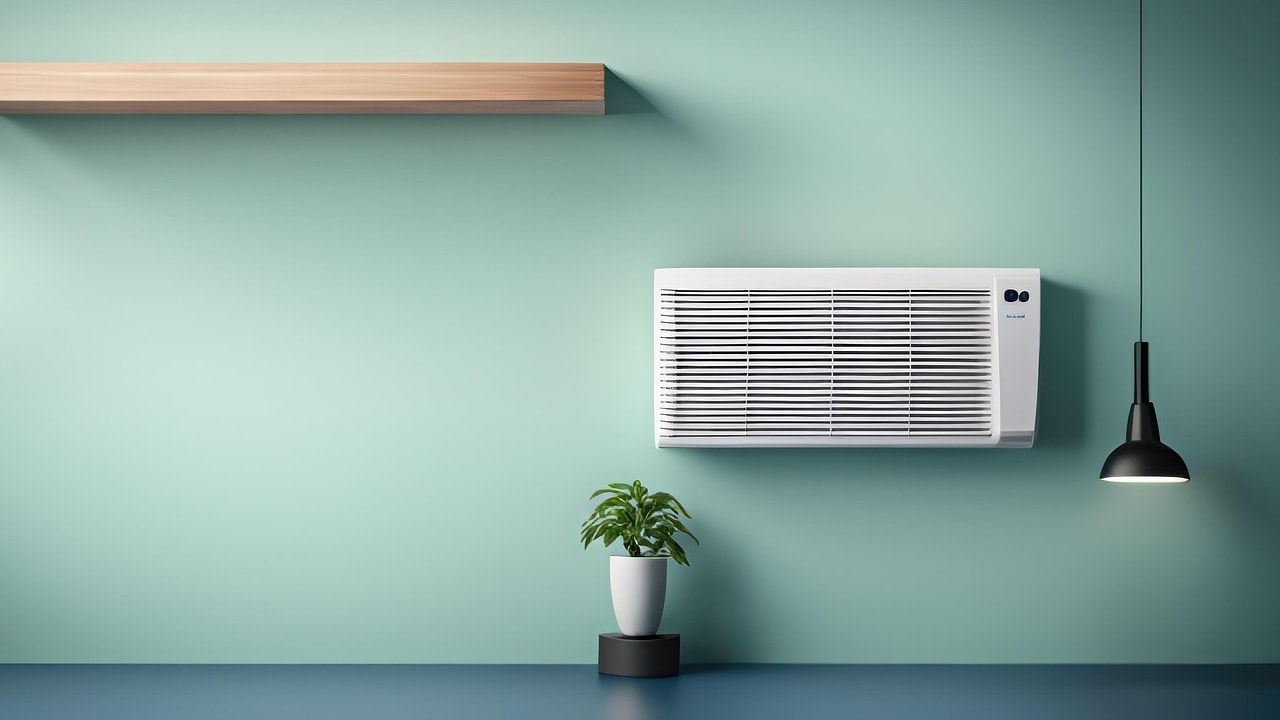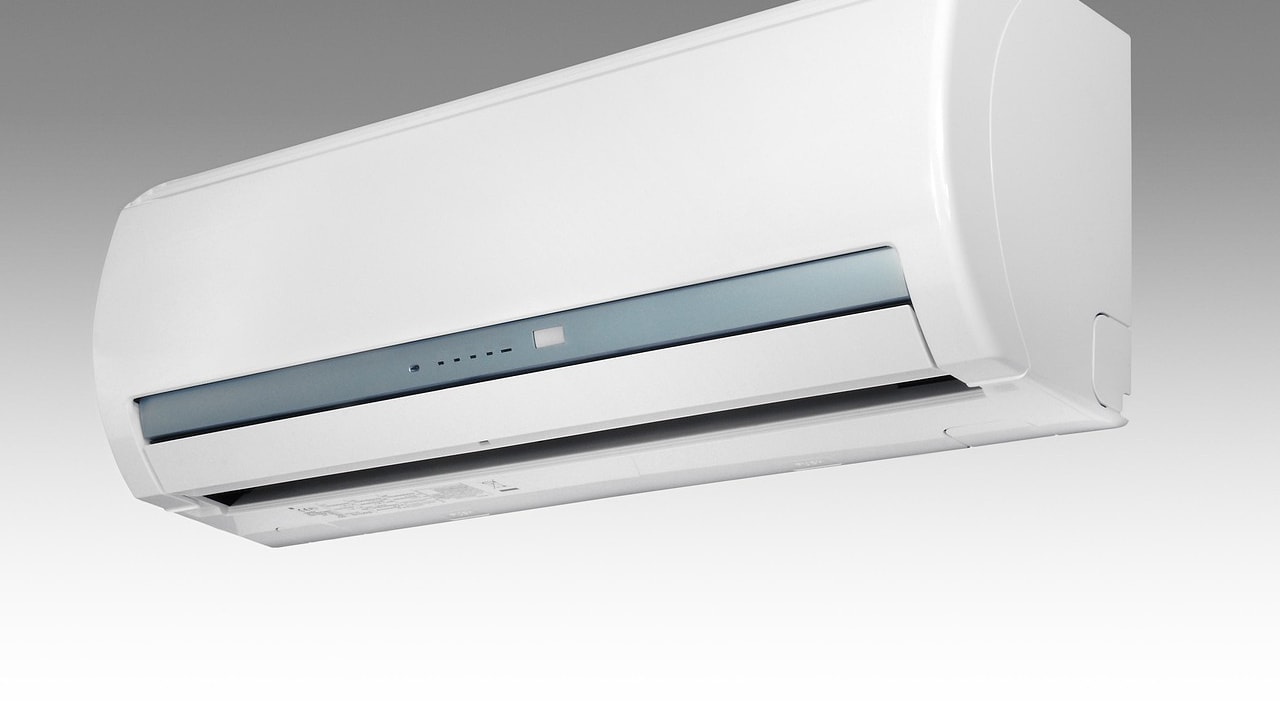How To Maintain Your AC Filter Monthly To Prevent Dust Allergies
A clean air conditioner is not just about cool air, it is about breathing easy, sleeping well and keeping those endless sneezes away. This is how to do it right, with a few relatable tips, tricks, and reasons to start this ritual today.

Easy tips to maintain your air conditioner filter
When the heat outside feels like it's baking the roads and the ceiling fan gives up halfway through its rotation, there's one faithful companion that never disappoints: the air conditioner. Yet, behind that blissful breeze lies a small but powerful component: the humble AC filter. Maintaining the AC filter isn't rocket science; it's a five-minute monthly task that rewards you with cleaner air, better health, and lower electricity bills.
Here is all you wanted to know about how to maintain your AC filter monthly to prevent dust allergies - easy cleaning, washing, and drying tips for healthier, allergen-free indoor air.

Explore the best tips to clean and maintain your AC filter
Photo Credit: Unsplash
Your Monthly Guide To A Cleaner, Healthier AC
Often overlooked, this filter quietly battles dust, pollen, and all sorts of airborne irritants. But when neglected, it becomes the villain, circulating the very allergens it's meant to block. Many people blame the city's air or the weather for their constant sneezing fits, while the real culprit sits right inside the AC unit.
1. Understand Why Your AC Filter Deserves Attention
The AC filter is like a gatekeeper, trapping dust, pet hair, and microscopic particles that otherwise roam freely in your home. Over time, this filter collects layers of grime that choke airflow, forcing your AC to work harder. That means more power consumption, higher bills, and weaker cooling.
But beyond the comfort, there's a bigger concern: your health. A dirty filter recirculates dust and allergens, worsening conditions like sneezing, coughing, and even asthma. It's not just about staying cool; it's about staying healthy.
Imagine walking into your living room after a long day, switching on the AC, and breathing air that feels crisp and fresh. That's the magic of a clean filter: silent, effective, and worth every minute spent maintaining it.
2. Know the Right Time to Clean It
There's no universal calendar for cleaning AC filters, but a good rule of thumb is once every month during heavy use. In cities where dust seems to settle faster than your evening tea cools, cleaning every three weeks might be wiser.
Notice the signs: weaker cooling, musty smells, or a sudden spike in your electricity bill. These are your AC's way of whispering, “Please clean me.”
A simple reminder on your phone at the start of each month can save you the trouble of an unexpected AC breakdown in mid-summer. It's a small ritual that brings immense comfort, like knowing your kitchen masalas are perfectly organised when you need them most.
3. Switch Off and Stay Safe Before Starting
Before diving into any cleaning, switch off the AC and unplug it. It's not just about safety, it's about giving yourself peace of mind while handling electrical equipment.
Think of it as preparing for a small home project. Gather your essentials: a soft brush, mild detergent, water, and a dry cloth. The aim is not to scrub aggressively but to clean gently, preserving the filter's delicate mesh.
A little care goes a long way. This simple precaution ensures you don't end up damaging the filter or the unit. It's like prepping ingredients before cooking; you get better results when everything's set in order.

Always switch off the air conditioner before starting; Photo Credit: Pexels
4. Remove the Filter with Care
The AC filter usually sits right behind the front panel. Lift it gently; most filters slide out smoothly. Avoid forcing or bending it, as that could tear the fine mesh.
It's a delicate part of the cooling system, almost like a musical instrument string; treat it roughly, and it won't perform well. Once out, take a moment to observe it. You'll probably see a layer of greyish dust, maybe a few strands of hair, and sometimes even traces of fine black soot if you live near a busy road.
That's the air you've been breathing. Shocking, isn't it? But that's also the motivation you need to keep up this monthly habit.
5. Clean with Water, No Fancy Solutions Needed
The best part about cleaning AC filters is that you don't need any expensive products. Plain water does wonders. Rinse the filter gently under running water, letting the flow push out trapped dust.
If it's particularly dirty, add a few drops of mild liquid detergent. Use a soft brush or an old toothbrush to clean stubborn grime. Avoid harsh chemicals; they can corrode the mesh and reduce efficiency.
After washing, hold the filter against the light. You'll know it's clean when you can see through the mesh clearly. It's oddly satisfying, like wiping dust off a mirror and seeing your reflection gleam back.
Also Read: Air Coolers Or Air Conditioners: The Best Buy For Your Home?
6. Let It Dry Naturally
Never reinstall a damp filter. Water trapped inside can lead to mould growth, and that's a bigger enemy than dust. Place the filter in a shaded area, away from direct sunlight, and let it dry completely.
Sunlight might seem like a shortcut, but too much exposure can warp or weaken the filter's frame. Think of it as drying your favourite cotton kurta, you wouldn't toss it into harsh sun for fear of fading. Patience pays off here, too.
A completely dry filter ensures clean, odour-free air when you switch the AC back on.

Let the air conditioner dry naturally for some time
Photo Credit: Pixabay
7. Reinstall and Run a Quick Test
Once dry, slide the filter back into place carefully. Make sure it fits snugly, no gaps, no loose edges. Close the front panel and switch on the AC. Let it run for a few minutes on fan mode to circulate fresh air.
You'll notice the difference almost instantly. The air feels lighter, cleaner, and somehow more refreshing. It's like stepping into a newly cleaned room with that faint, crisp scent of freshness.
That's your AC thanking you for the little bit of care. It's a rewarding moment that reinforces why this monthly ritual is worth every effort.
8. Keep the Surrounding Area Dust-Free
Even with a clean filter, a dusty environment can quickly undo your efforts. Make it a routine to wipe the AC's outer surface and nearby walls or furniture. The idea is to prevent dust from sneaking back in through the vents.
Simple habits, like keeping windows closed during peak traffic hours or using an indoor air purifier, can help maintain cleaner air indoors.
Think of your AC as part of your home's ecosystem. When the surroundings are tidy, the system stays efficient, and you breathe easier.
9. Invest in a Spare Filter
For those who prefer convenience, keeping a spare filter is a game-changer. While one dries, the other can be in use. It's particularly handy during humid months when drying takes longer.
Replacement filters aren't costly; many start around ₹300 to ₹800, depending on your AC model. Over the year, that's a small investment for consistent comfort and health.
Having a spare also ensures that you never delay cleaning due to time constraints. It's like having an extra bedsheet ready for those surprise guests, simple foresight that saves last-minute stress.

Always keep a spare air conditioner filter ready for emergency
Photo Credit: Pexels
10. Schedule a Professional Service Twice a Year
Even the most diligent monthly cleaning can't replace professional servicing. Technicians check coils, refrigerant levels, and the overall health of your AC system. Twice-a-year maintenance, once before summer and once after monsoon, keeps your unit in top shape.
A service usually costs around ₹500–₹1,000, but it saves much more in the long run by preventing major breakdowns. Plus, professionals can detect issues that aren't visible to the untrained eye, like minor gas leaks or faulty sensors.
Think of it as a health check-up for your cooling companion, essential, preventive, and worth every rupee.
Products Related To This Article
1. Lloyd 1.5 Ton 3 Star Inverter Split AC
2. Blue Star 1 Ton 3 Star, 60 Months Warranty
3. Voltas 1.5 ton 3 Star, Inverter Split AC
4. LG 1.5 Ton 5 Star DUAL Inverter Split AC
5. Daikin 1.5 Ton 3 Star Inverter Split AC
6. Blue Star 1 Ton 3 Star, 60 Months Warranty
7. Cruise Limited Edition 1.5 Ton 3 Star Black Inverter Split AC
Keeping your AC filter clean each month might sound like a small chore, but it's one of those simple habits that pay off beautifully. It keeps your air fresh, your allergies in check, and your bills lower. More than anything, it ensures that every breath you take indoors feels lighter, cleaner, and healthier.
There's a certain satisfaction in knowing that something as basic as rinsing a mesh can make such a difference. So, next time the weekend rolls around and the sun seems to melt everything in sight, take a few minutes to give your AC some care. It's a quiet favour to your health and your peace of mind. Clean air isn't a luxury; it's a choice. And it starts right with your AC filter.
Disclaimer: The images used in this article are for illustration purpose only. They may not be an exact representation of the products, categories and brands listed in this article.























